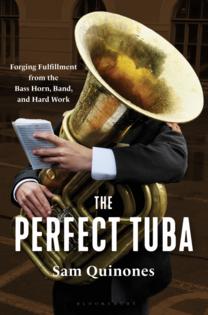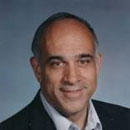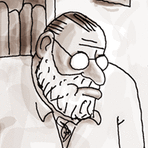Review: Prepare to care more about tubas than you ever thought possible
Published in Books News
Add the tuba to the list of book subjects you probably thought you didn’t care about but that is suddenly compelling as heck.
We’ve had entire books about salt, the digestive system and the color mauve and every one of them was oddly riveting. So, too, is “The Perfect Tuba.” Author Sam Quinones, who was bummed out by the bleak reporting he had to do for his award-winning book about the opiate epidemic, “Dreamland,” responded by pivoting to something kinder and more life-affirming. Enter the tuba.
Quinones’ title refers to one of the first of many oddities we meet in the book: It’s widely, perhaps universally, agreed that the two finest tubas in the world are in the possession of the Chicago Symphony Orchestra. The 90-year-old instruments were instantly proclaimed perfect in tone and power, and virtually every tuba manufacturer (more than you’d think!) has tried to unlock their secret, with varying degrees of lack-of-success.
“The Perfect Tuba” is packed with intriguing factoids about the tuba: In World War II, the Japanese used its booming sound to warn of attacks. Unsure what to do with unused tubas, people have turned them into birdbaths — and then back into tubas again. They’re considered one of the humbler instruments, because they were born of circuses and brass bands rather than conservatories. Playing them requires so much effort that the life of a tubist is shorter than other instrumentalists; some orchestras have arranged their pension programs to reflect that. The most famous five tuba notes are in the “Close Encounters of the Third Kind” theme.
A veteran journalist, Quinones is a terrific reporter, who seems to have interviewed everyone who ever picked up a tuba or sousaphone. That meticulousness is the only way a book gets all of those totally tubular nuggets (another: There is only one person who makes a full-time living from playing solo tuba; he’s Norwegian and the folks at Tuba Woodstock worship him as a god).
It’s possibly Quinones is too thorough, in fact. There are a lot of people discussed in “The Perfect Tuba,” particularly when he begins writing about heated marching band competitions in Texas or the college that churns out most of our country’s high school band directors, and the book’s non-chronological structure makes it hard to keep them straight. Also, unless you’ve read “Dreamland” (which I recommend), you may be confused about why Quinones keeps comparing the highs of playing in a band to the lows of addiction.
But would I want him to edit out any of that stuff? I would not. As he goes deeper into the motivations of tuba players and the joys of participating in a band or symphony — in which a group of individuals create collective beauty — it becomes clear that “The Perfect Tuba” is about a lot more than a brass instrument that takes up the entire back seat of most automobiles.
By the end of the book, the concept of the perfect tuba has shifted from the actual instrument to being a metaphor for anything that a person is passionate about and dedicated to. According to Quinones, your “tuba” may be a bed of dahlias or an expertly swam lap in a pool. And the fact that it can never be perfect — that you’ll always be working toward that unattainable ideal — is part of what makes it perfect for you.
____
The Big Tuba
By: Sam Quinones.
Publisher: Bloomsbury, 370 pages.
©2025 The Minnesota Star Tribune. Visit at startribune.com. Distributed by Tribune Content Agency, LLC.













Comments